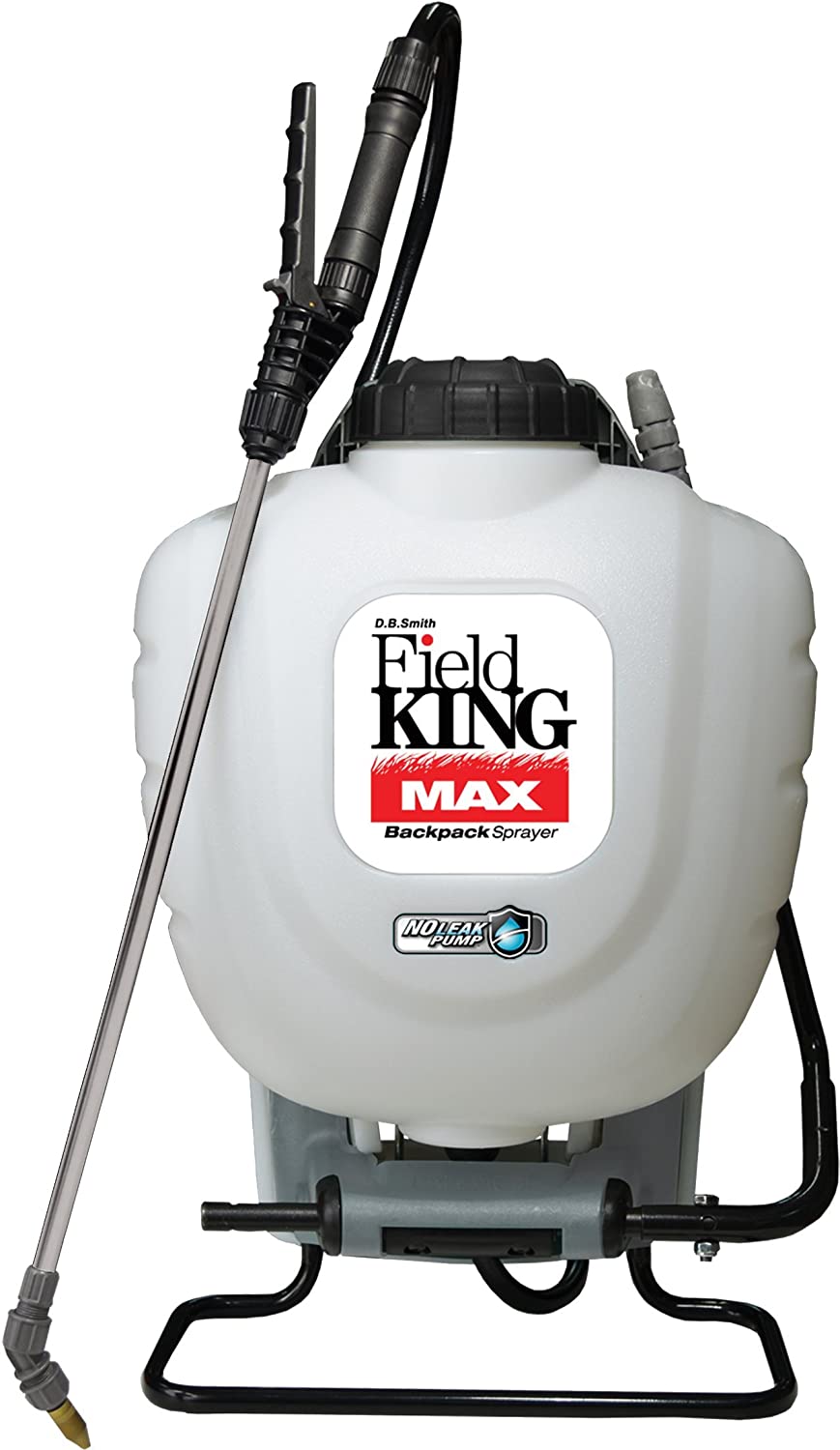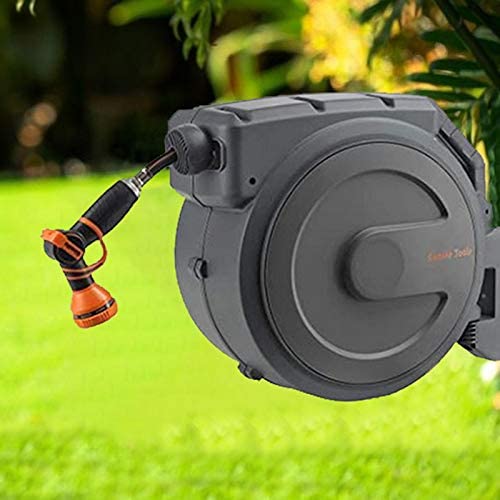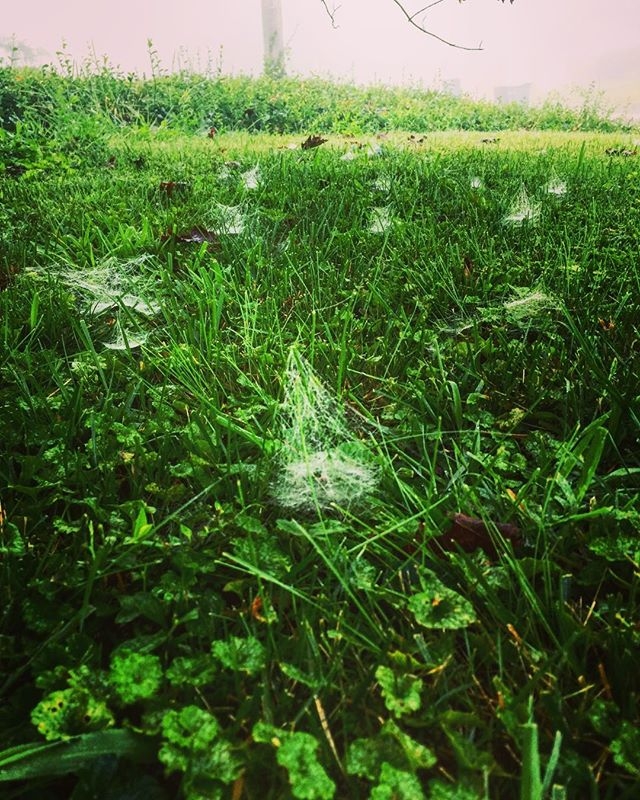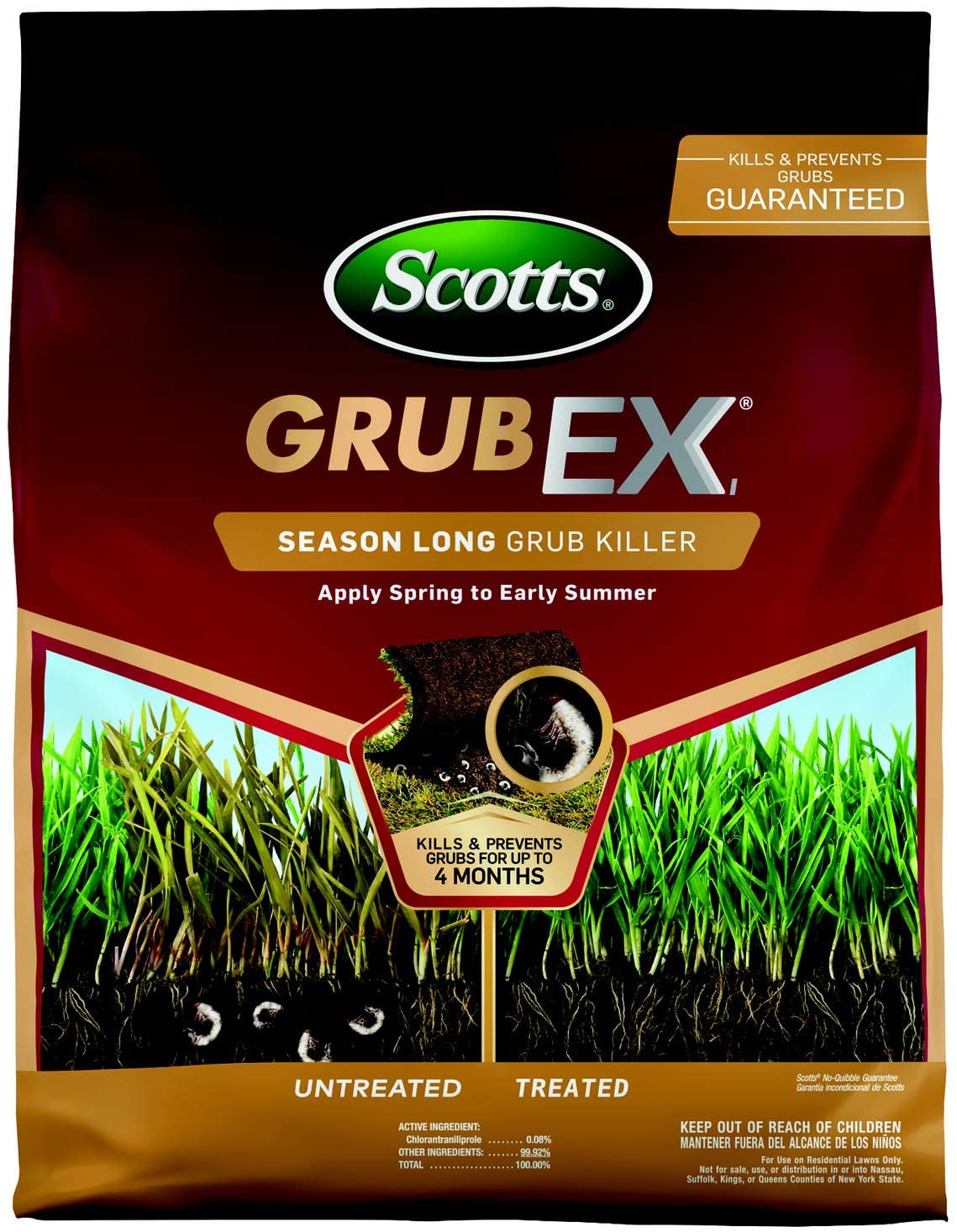Common Types of Fertilizer Spreaders for Your Lawn
Table of Contents
Fertilizer spreaders can help you nurture your lawn, kill weeds, plant seeds and even melt ice. When it comes to having an amazing lush green lawn, a fertilizer spreader is essential.
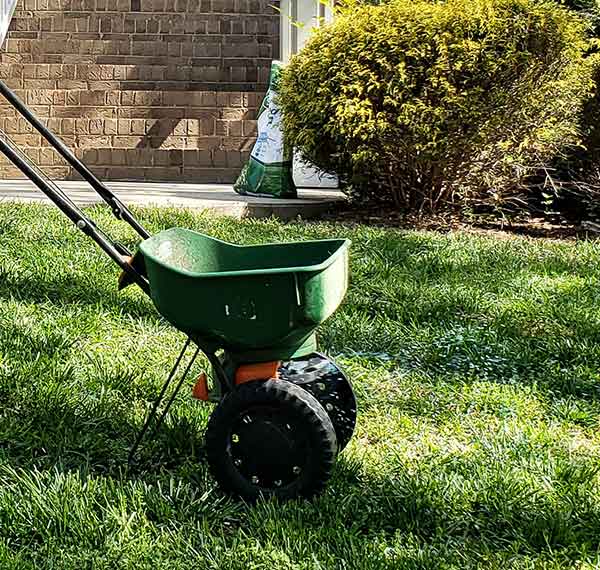
When preparing to fertilize your lawn, you should ask yourself a few questions before you get started to decide which equipment you need. How big is your lawn? What is the landscaping like? How much time and money are you willing to invest in the project? Every lawn is different, and there are various types of fertilizer spreaders and models to help with specific needs. If you choose the right type and model for you, fertilizing should be an easy, low-stress process.
Broadcast and Rotary Fertilizer Spreaders
The broadcast, or rotary, spreader is a good fit if you have a large lawn (areas over 5,000 sq. ft.) and are using a granular fertilizer or seed. The broadcast spreader scatters fertilizer in a broad semicircle pattern in front of you, covering a large area in little time.
Because this spreader dispenses so much fertilizer in just one pass, be careful not to over-fertilize certain sections and risk killing your grass. Using this spreader involves a messier cleanup than other spreaders due to its large range. When using a broadcast spreader, make sure to clean any surrounding areas afterwards such as flowerbeds, water outlets or porches. This can be simply done by using a leaf blower.
One feature that can eliminate the problem of spreading fertilizer in unwanted areas is what is commonly called an “edge guard” on a rotary spreader. This will block off one side of the spreader so that you can safely fertilize around garden beds, patios, decks, sidewalks, etc.
If you are using a herbicide (something like a “weed and feed” fertilizer) in your broadcast spreader, you definitely want a rotary spreader with an edge guard.
A broadcast spreader is definitely the right choice for you if you have a large lawn and you want to get the job done quickly. We recommend using a quality broadcast spreader for most homeowners with medium to large lawns.
Drop Spreaders
The drop spreader dispenses fertilizer directly onto the ground beneath the spreader instead of tossing it in a fan-like pattern. As a result, this spreader is much more precise with a more accurate aim. This type can apply dry fertilizer as well as thicker materials such as mulch.
The drop spreader is the right choice for you if you have a small or medium-sized lawn or a lawn with an irregular shape. You would also benefit from a drop spreader if your lawn has sections you don’t want to fertilize or if you want to avoid any detailed landscaping, such as flowerbeds. Additionally, a drop spreader is also perfect for targeting dead patches or small strips of your lawn that need attention.
Since the coverage of the drop spreader is much smaller than that of the broadcast, it typically takes a longer time to finish fertilizing your lawn. If you aren’t careful, you can miss a patch of your lawn while fertilizing with a drop spreader and cause a striping effect on the grass. To avoid this problem, fertilize in neat, overlapping lines to gain total coverage.
Liquid Fertilizer Sprayers
Some fertilizers come in a liquid form and require a liquid spray or sprinkler spreader. Some liquid fertilizers can even be dispensed in a watering can. Liquid fertilizers typically act more quickly than granular fertilizers and include chemicals for insecticides and weed killers.
Typically, liquid spreaders can cost significantly more money than rotary spreaders and drop spreaders. You’ll be spending around $300 for a quality liquid sprayer that you can push or tow behind a lawn tractor.
Liquid fertilizer sprayers can also be a great value for people with large lawns since liquid fertilizer concentrate can stretch quite a bit further (more bang for your buck) than granular fertilizer dispensed through a drop or rotary spreader.
Models: Walk-Behind, Pull Along and Handheld Fertilizer Spreaders
There are three different models you can choose from for each spreader: the walk-behind, pull-along, and handheld models. Drop and broadcast spreaders are offered in walk-behind models, where you push the spreader in front of you as you walk across your lawn.
Pull-along models attach to the back of a mower or truck and dispense fertilizer behind the truck’s path. This model is great for covering extremely large areas efficiently.
Finally, handheld models spread fertilizer in front of you either by means of a battery or hand-crank. Handheld spreaders are a good fit if you have a smaller budget and a much smaller lawn.
Calibrating Your Fertilizer Spreader Accurately
The type of fertilizer spreader is not the only variable that can affect the final result. The calibration also contributes to the evenness and quality of fertilization. Advanced fertilizer spreaders have a calibration setting that you should alter based on the product you are spreading in your lawn.
Determining the right calibration for your product is important; if the spreader dispenses too little fertilizer, you will waste the product and see no effects. Alternatively, if the spreader dispenses too much fertilizer, it can kill your grass. There are detailed methods for calculating the right spreader setting for a product, but if you are not sure where to begin, check the product packaging to see the recommended spreader setting. Many suppliers recommend testing the dispersal pattern on a driveway before fertilizing your lawn in order to make necessary adjustments.
How Fast You Walk While Fertilizing Your Lawn Makes A Difference
Lastly, regardless of the type of spreader you use, the speed at which you push the spreader across your lawn will affect the amount of fertilizer dispensed. If you walk too quickly, the thinner the layer of fertilizer will be. Conversely, if you’re too slow while dispensing, you could end up putting down way too much fertilizer and burning your lawn.
For example, if your setting is for 3 1/2 on the fertilizer dial per manufacturer instructions and you walk very slowly while dispensing, you could end up putting down way too much fertilizer and damaging your lawn. Vice-versa if you walk too quickly.
The best pace is a normal walking pace or a little bit faster. You should walk fast enough so that you can get your heart going.
Which Fertilizer Spreader is Right For Your Lawn?
Fertilizing your lawn is an easy process if you have the right equipment for the job. Consider your price range, the layout of your lawn, your time commitment, and best practices for fertilizing before getting started. Some experts swear by one type of spreader over another, but ultimately, your lawn and other personal considerations should dictate which type you use.


